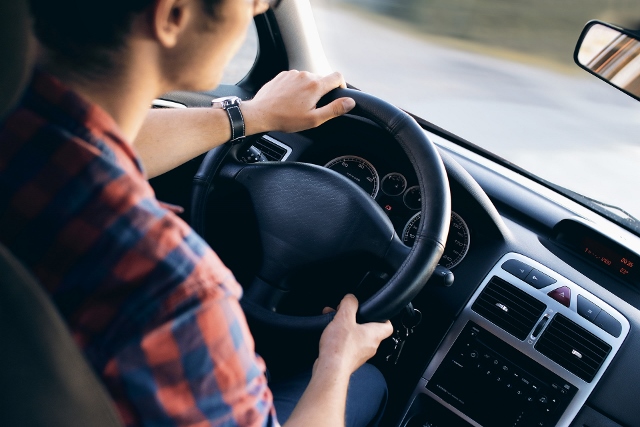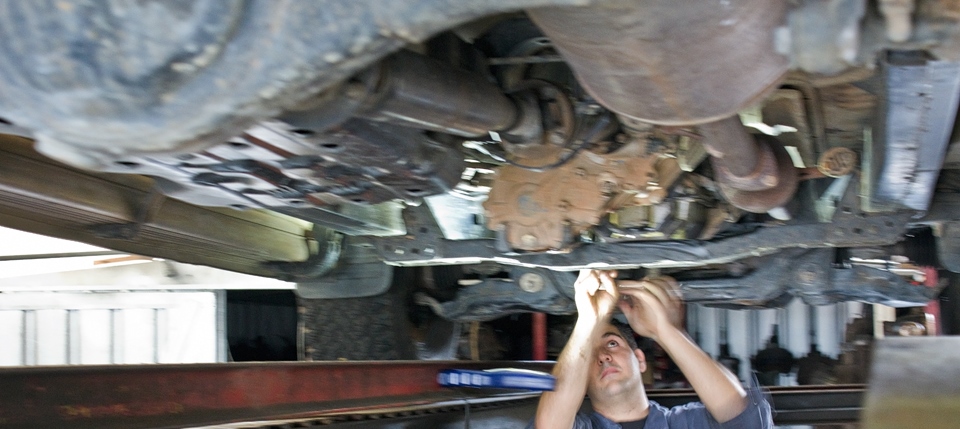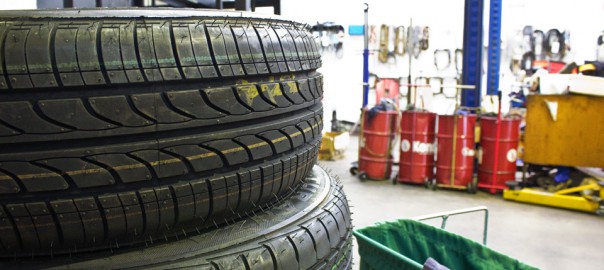Checking tyre pressure regularly is one of the simplest and more important things to do for your car that is all too often overlooked by drivers.
How does a tyre loses its pressure? Everyday our vehicle tyre loses pressure through a process called permeation. Being on the road and driving over bumps and potholes contributes to the reduction of tyre pressure. If there is a puncture in the tyre, often by a small object the air pressure can be released slowly, making it hard to detect.
What does it mean when the tyre pressure is low? When a tyre is under-inflated there is greater contact of tread with the road surface which means greater wear on the shoulders, thus reducing the tyre life. More energy is also needed to turn the wheel which results in increased fuel use. The risk of tyre failure or a ‘blow-out’ is also greater when a tyre is under-inflated. Therefore the benefits you get from making sure you have the correct air pressure in your tyres are huge – improved safety and comfort, better handling of your cars and fuel efficiency.
How to check tyre pressure
We recommend that you check your vehicle’s tyre pressure when the tyres are ‘cold’ and have not been driven for even one kilometre. If you are going to a service station to inflate your tyres, try to go to one nearby. The reason for this is that once the vehicle is being driven the tyre temperature and air pressure increases, but when the tyre is cool the tyre may be under inflated. Once at the service station, inflate your tyres to a level that is equal to the recommended cold pressure. You can often find this information on the tyre information plate found attached to your vehicles fuel filler door, glove box door or door edge. Don’t forget to replace your valve caps once you are done to keep out moisture and dirt.



